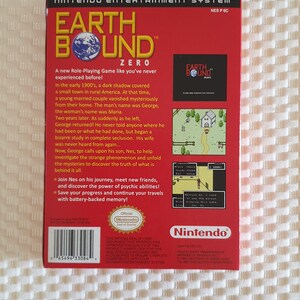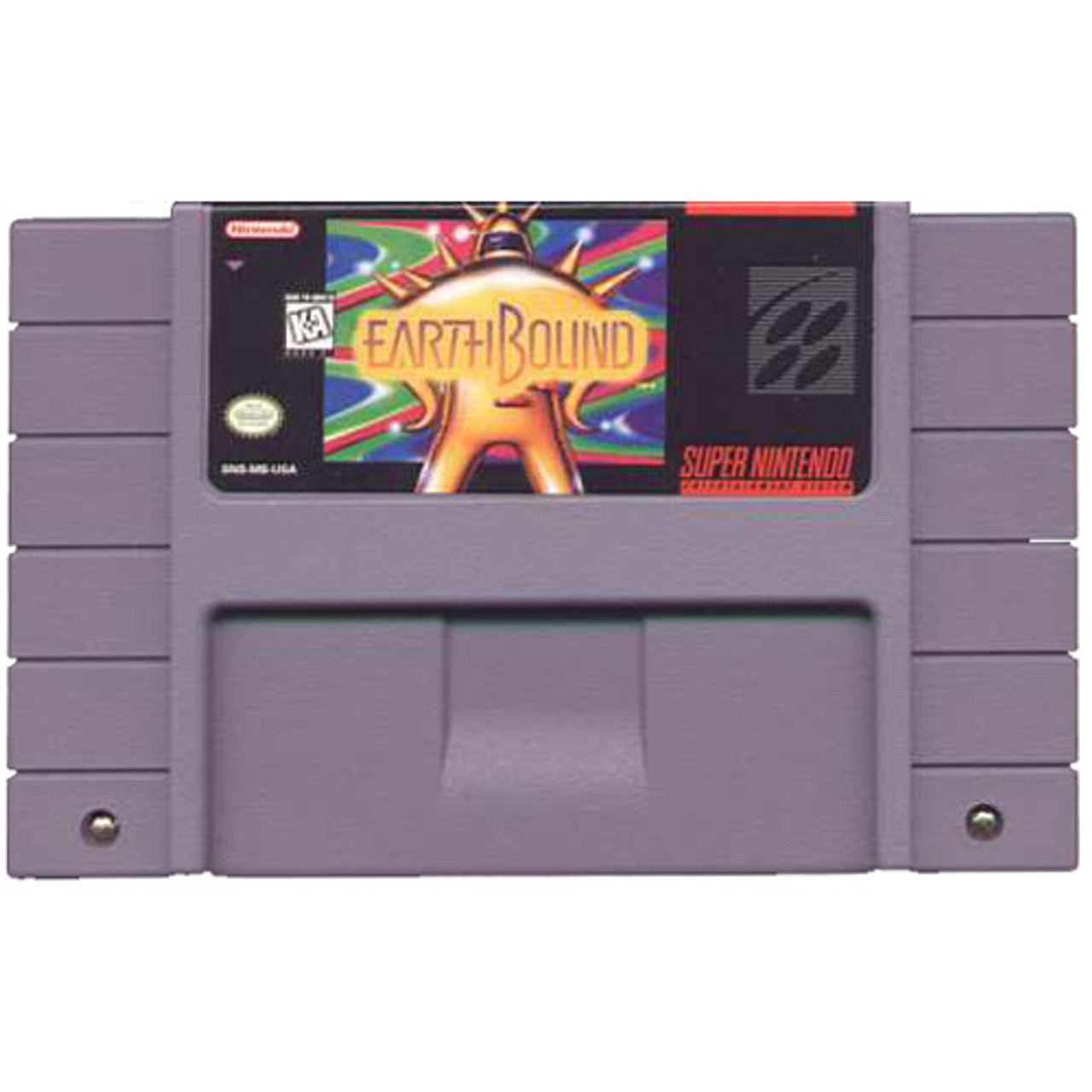

As Ness and his party of Paula, Jeff and Poo, the player travels the world to collect melodies from eight Sanctuaries in order to defeat the universal cosmic destroyer Giygas.ĮarthBound had a lengthy development period that spanned five years. The second entry in the Mother series, it was first released in Japan in August 1994, and in North America in June 1995. and HAL Laboratory and published by Nintendo for the Super Nintendo Entertainment System. In 2010, the console accounted for 39 titles exceeding the million copies sold.EarthBound, released in Japan as Mother 2: Gīgu no Gyakushū, is a role-playing video game developed by Ape Inc. Nintendo sold the Famicom at cost, not deeming it necessary to earn money on it. In parallel, at the end of the years 1980, a Japanese home in three is equipped with the Famicom, and Nintendo is the most profitable Japanese company in front of Toyota.

Encouraged by this success, Nintendo soon turned its attention to the North American market. Against all odds, it is sold to 500 000 copies in two months, becoming the best-selling console in Japan towards the end of the year 1984. After the product was recalled and reissued with a new motherboard, the popularity of the Famicom climbed. The beginnings of the Famicom (Family Computer) are rather difficult: during the first few weeks, many criticized the console by judging it unreliable, prone to malfunctions and big slowdowns. The 10 000 ¥ bar is outdated, but it remains the cheapest machine of the time, and the most powerful bonus on the market. Masayuki Uemura and his team design the system by demonstrating ingenuity and saving on the smallest detail to meet the requirements of the President.Īfter two years of work, she went out to Japan on Jfor 14 800 ¥, accompanied by three portals of Nintendo's bestselling arcade games: Donkey Kong, Donkey Kong Jr. In addition, it should cost less than 10 000 ¥. At that time, President Hiroshi Yamauchi told his employees that he wanted a console whose performance would be such that competition could neither copy nor match it for at least three years. Its design starts in 1981 under the name Code Young computer. For the sake of economy, the first Famicom was red because the red plastic was the cheapest of all at the time.

After meeting the success with a series of arcade games in the early 1980, Nintendo planned as of November 1981 the production of an interchangeable cartridge lounge console, a device not included on the Color TV Game.


 0 kommentar(er)
0 kommentar(er)
